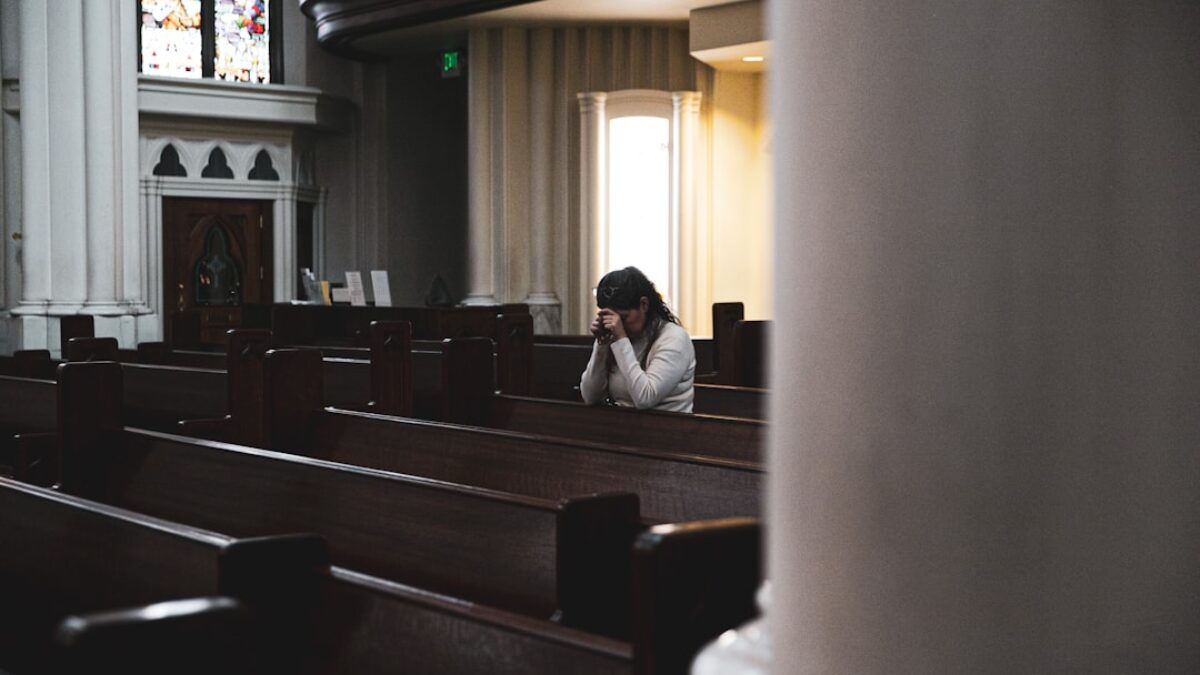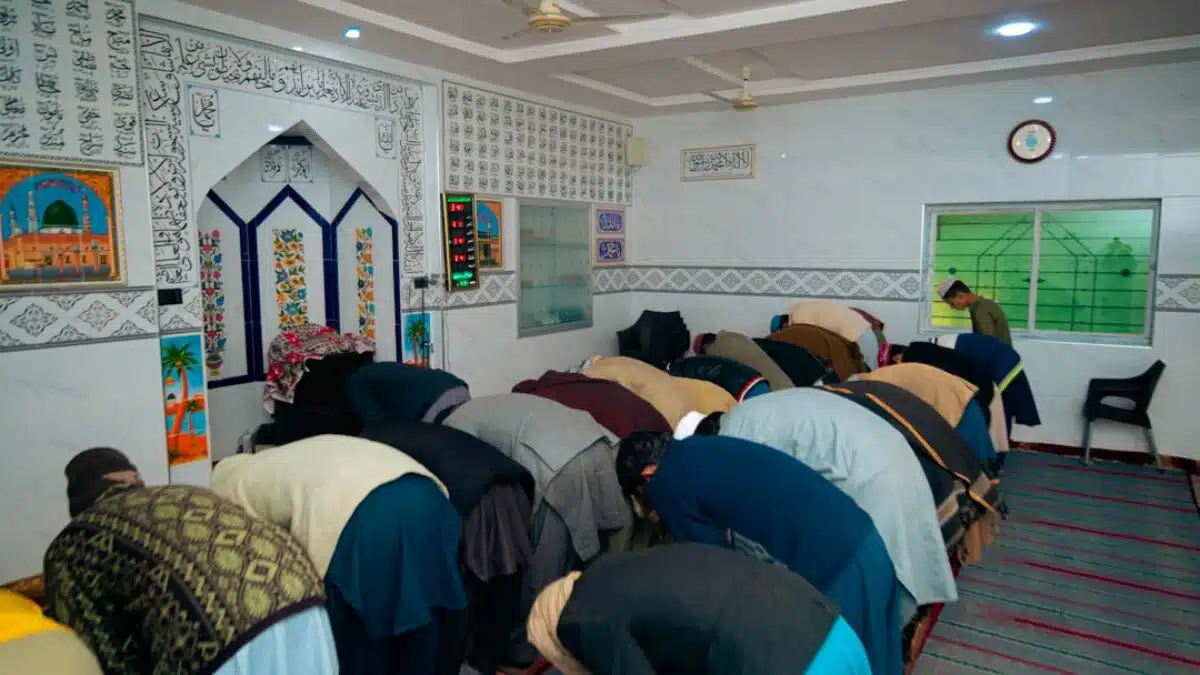Ramadan is a month of heightened spirituality, and Taraweeh—the special night prayer—is one of its most beloved rituals. While many Muslims prefer to pray in congregation at the mosque, circumstances such as travel, health, or global pandemics can make home prayer necessary. This guide walks you through every step of establishing a meaningful, valid, and spiritually uplifting Taraweeh in the comfort of your home.
Understanding Taraweeh
Definition and Origin
Taraweeh comes from the Arabic root ra-wa-ha, meaning “to rest.” The prayer is so named because worshippers historically paused after every four rakʿahs for a brief rest. It is a Sunnah Mu’akkadah: a confirmed practice of the Prophet ﷺ that he strongly encouraged and consistently performed.
When and Why It Began
During the second year after Hijrah, the Prophet ﷺ prayed Taraweeh in congregation for a few nights. When he ﷺ noticed the gathering’s enthusiasm, he refrained from leading them continuously out of fear it would become obligatory. Muslims later revived the congregational form under the caliphate of ʿUmar ibn al-Khattab رضي الله عنه, who institutionalised the 20-rakʿah format we see in many mosques today.
Key Components of Taraweeh Prayer at Home
Spiritual Preparation
- Purify Your Intention (niyyah): Make it exclusively for Allah—neither for show nor routine.
- Seek Forgiveness (istighfār): Recite 70 or 100 times before sunset to soften the heart.
- Perform Ghusl or Wudu: A refreshing bath elevates concentration and humility.
Physical Setup
Space Selection
- Choose a quiet, clean room; remove distractions such as phones or televisions.
- Face the qiblah (direction of the Kaʿbah).
- Place a small table in front of you for your mushaf (printed Qur’an) or tablet.
Lighting & Atmosphere
- Soft white light reduces eye strain when reading.
- Light oud or mild incense—provided no one in the household is sensitive to it.
Essential Accessories
| Item | Purpose | Tips |
|---|---|---|
| Qur’an with translation | Understanding verses while reciting | Mark nightly portions with sticky notes |
| Prayer rug & cushion | Comfort for prolonged sujood | Choose darker colors to reduce visual strain |
| Water bottle | Hydration between rakʿahs | Use small sips to maintain focus |
Number of Rakʿahs
Scholars differ on the optimal number, but all agree the minimum is eight and the maximum is twenty. At home, consistency is more important than quantity.
- Option 1: 8 rakʿahs + 3 witr (fastest, easier for beginners)
- Option 2: 20 rakʿahs + 3 witr (mirrors mosque practice)
- Option 3: 4 rakʿahs × 5 rounds + 3 witr (middle path)
Benefits and Importance
Spiritual Rewards
The Prophet ﷺ said, “Whoever prays during Ramadan out of faith and seeking reward, their previous sins will be forgiven.” (Bukhari & Muslim) Taraweeh is included in this promise.
Qur’an Completion (Khatm)
Completing the Qur’an once in Taraweeh is mustahabb (recommended). Doing so at home allows you to:
- Choose your own recitation pace.
- Pause to contemplate meanings without pressure.
- Integrate translation and tafsir (exegesis) in real time.
Family Bonding
When children witness their parents praying with humility, they internalise Ramadan’s spirit more deeply than any sermon can convey. Rotate the imam role among family members to encourage memorisation and confidence.
Practical Applications
Step-by-Step Procedure
1. Adhā& Iqāmah at Home
You are not required to give the external adhāunless you can hear neighbors. Say the iqāmah quietly before starting the Isha prayer.
2. Pray the Fard & Sunnah of ʿIshāʾ
- Complete the four fard rakʿahs.
- Add the two confirmed sunnah rakʿahs.
- Take a three-minute breather to set up your space for Taraweeh.
3. Structure Each Set of Four Rakʿahs
Taraweeh is prayed two-by-two. After every two rakʿahs, you may sit for a brief masnoon duʿāʾ or silent dhikr. After every four rakʿahs, many scholars recommend:
- A short break (30–60 seconds).
- Reciting the duʿāʾ of Tasbīḥ al-Taraweeh:
سُبْحَانَ ذِي الْمُلْكِ وَالْمَلَاكُوتِ، سُبْحَانَ ذِي الْعِزَّةِ وَالْعَظَمَةِ وَالْهَيْبَةِ وَالْقُدْرَةِ …
4. Recitation Strategy
| Night | Juzʾ Target | Pages per Rakʿah (15-line Qur’an) |
|---|---|---|
| 1–5 | Juzʾ 1–5 | 3 pages |
| 6–15 | Juzʾ 6–15 | 4 pages |
| 16–27 | Juzʾ 16–27 | 5 pages |
| 28–29 | Juzʾ 28–29 | Finish remaining pages |
| 30 | Juzʾ 30 | Optional completion (duʿāʾ night) |
Common Mistakes and How to Avoid Them
- Rushing Recitation: Use a metronome app at 60 bpm to enforce a steady pace.
- Skipping Witr: Set an alarm 15 minutes before suḥūr as backup.
- Reciting Too Loudly: Keep voice moderate to respect sleeping family and neighbors.
Engaging Children
- Let them hold the mushaf and turn pages.
- Offer mini-rewards (stickers) for every four rakʿahs they sit through.
- Create a “Ramadan Prayer Chart” where they color squares after each session.
Using Technology Wisely
Recommended Apps
- Qur’an Companion: Tracks nightly progress and shows tafsir snippets.
- Muslim Pro: Accurate prayer times and audio recitation.
- Focus Mode on iOS/Android: Blocks calls/texts during prayer.
Frequently Asked Questions
Is praying Taraweeh at home valid in all circumstances?
Yes. The basic principle in Islamic law is that congregational prayer is recommended (mustahabb) but not obligatory for non-obligatory prayers like Taraweeh. If attending the mosque involves hardship or health risk, praying at home is not only valid but may be more meritorious.
Can women lead their household in Taraweeh?
According to the majority of scholars, a woman may lead other women or children in optional prayers within the home. She stands in the middle of the first row—not ahead—just as Aisha and Umm Salamah رضي الله عنهما used to do with their relatives.
What if I cannot recite long verses?
Recite what you know. The Prophet ﷺ said, “Read of the Qur’an what is easy for you.” (Muslim) You may repeat Surah al-Ikhlāṣ in every rakʿah if that is all you memorised; sincerity outweighs length.
Do I have to read the Qur’an in order?
No. While sequential completion (from al-Fātiḥah to an-Nās) is preferred, you may recite thematic surahs (e.g., all Makki surahs first) or shorter surahs if memorisation is limited. What matters is deliberate, attentive recitation.
How late can I pray Taraweeh?
The time extends from after ʿIshāʾ until the break of dawn (fajr ṣādiq). However, the last third of the night is best. If you fear missing suḥūr, pray 8 rakʿahs earlier and reserve witr for just before dawn.
Is it permissible to hold the Qur’an or read from a phone?
Yes for non-obligatory prayers like Taraweeh. The Hanbali and Shafiʿi schools explicitly allow holding a mushaf due to the difficulty of long recitation from memory. Place the device in airplane mode to prevent interruptions.
What if I miss a night?
Make up the missed rakʿahs the following day before Ẓuhr. The make-up (qaḍāʾ) is recommended but not compulsory, because Taraweeh is sunnah, not wājib. Focus on consistency going forward rather than guilt.
Conclusion
Praying Taraweeh at home is neither a stop-gap nor a second-best option; it is a legitimate, rewarding act of worship that can deepen your relationship with the Qur’an and your family. By preparing your space, pacing your recitation, and maintaining heartfelt concentration, you transform an ordinary room into a sanctuary of divine remembrance. May this Ramadan be the one in which your home resonates with the same serenity as the Prophet’s ﷺ mosque, and may every prostration erase a lifetime of mistakes.
























Post Comment